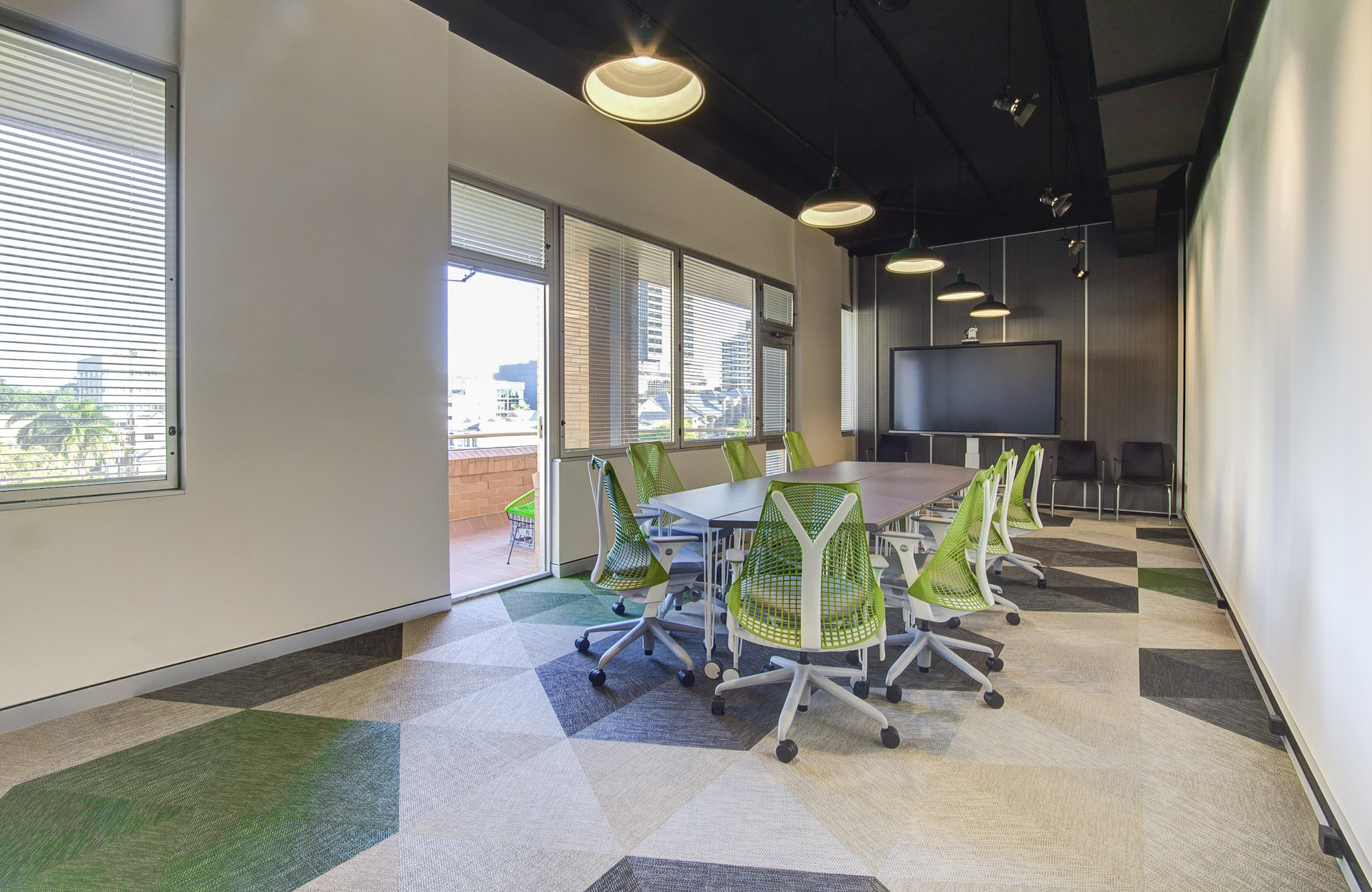
Sitting. It’s been called the new smoking. It’s even been called a disease. But is it really that bad for your back?
Until recently, it has been thought that sitting puts more pressure on your intervertebral discs, which means more degeneration and more back pain. However, a review led by experts from the Physiotherapy Department at the University of Queensland has found that the pressure in the disc is the same whether we sit or stand. They concluded that sitting is unlikely to increase the risk of disc degeneration or low back pain compared with standing.
We also need to consider the soft tissues in the spine. Sitting for prolonged periods can mean that certain muscles like your hip flexors become shortened, and other muscles like your calves and glutes become weak from lack of use. Studies have shown that prolonged sitting periods cause an increase in lumbar muscle stiffness.
A proposed solution is to encourage standing in the workplace with standing desks. However, many people report increased back pain on prolonged standing, presumably due to the increased demand on the supporting muscles, the change in shape of the spine in the standing position, and increased strain on the muscles and joints of the lower limbs.
So what is the solution? Sit in a chair that feels comfortable to you. Move around and alternate positions when you feel stiff and sore. And most importantly, if you sit for prolonged periods, undertake a regular exercise program that stretches and strengthens your back and hip muscles. Activities such as pilates and yoga are the best way to minimise the effects of prolonged sitting.
To find out more about back pain, back health and the work done at BackSpace, check out our blog The Back Page.
By Dr Paul Licina
Claus A, Hides J, Moseley GL, Hodges P. Sitting versus standing: does the intradiscal pressure cause disc degeneration or low back pain? J Electromyogr Kinesiol. 2008 Aug;18(4):550-8.
